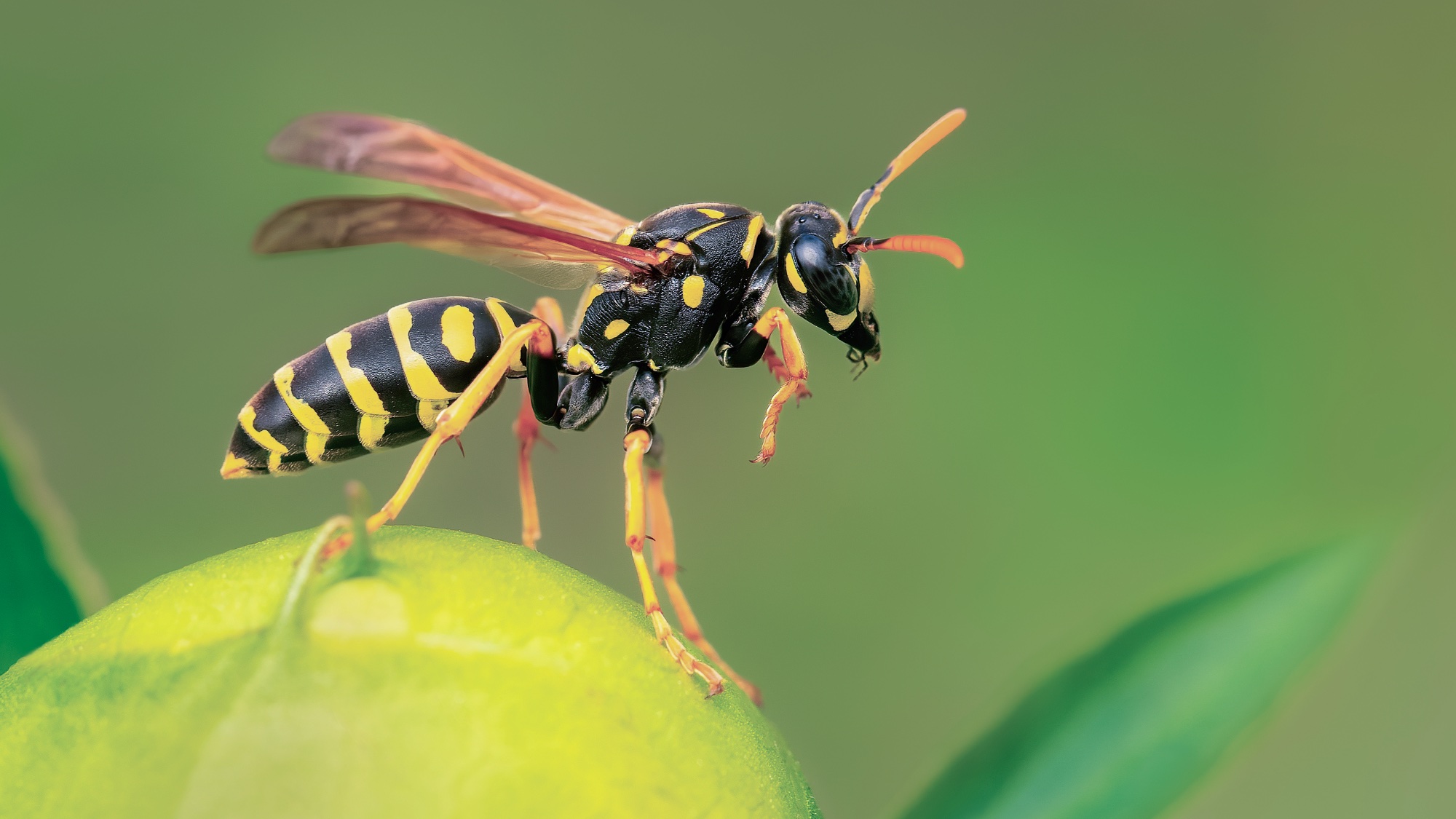Can You Really Make a Free DIY Wasp Trap That Works?

DIY Wasp Trap: Create an Effective Solution for Your Outdoor Gatherings
Wasps can quickly turn outdoor gatherings into frustrating experiences, especially if you're allergic to their stings. While these insects do help gardens by pollinating plants and controlling harmful pests, keeping them at a safe distance from your yard or patio is often necessary. Instead of buying commercial traps, you can create an effective wasp trap using a simple plastic bottle and common household items. This DIY approach costs practically nothing and works just as well as store-bought versions. You can stop wasps swarming your yard by building your own trap in just 10 minutes using materials you probably already have at home.
1. Gather Your Materials
You'll need a two-liter plastic soda bottle, a permanent marker, a sharp knife or scissors, and bait for the trap. Most households have these items already, making this project essentially free. Use the permanent marker to draw a line around the bottle's neck, just below where it starts to taper. To keep your line straight, you can wrap a rubber band around the bottle as a guide, then trace along it with your marker. This line marks where you'll cut to create the entrance funnel for your trap. Make sure the line is even all the way around for the best results.
2. Cut the Bottle and Create the Trap Entrance
Carefully cut along the line you drew and make sure to take your time with this step to avoid injury and ensure a clean cut. Remove the bottle cap and set it aside, as you won't need it for the trap. You should now have two pieces: the bottom portion of the bottle and the top funnel-shaped piece. The cut creates the perfect entrance size for wasps to enter but makes it difficult for them to escape. Keep both pieces as you'll need to reassemble them in the final step.
3. Add the Right Bait
The type of bait you use depends on the time of year and what wasps are seeking. In spring and early summer, it's better to use protein-based baits like small pieces of lunch meat or raw hamburger since wasps need protein for their developing larvae. During late summer and fall, sweet baits like sugar water, fruit, soda, or water mixed with jam are most effective. When making your sweet bait, consider adding a small amount of apple cider vinegar, as wasps are attracted to it but it will deter any passing honey bees. You can also add a drop of dish soap to make it harder for wasps to escape once they enter the liquid.
4. Assemble Your Finished Trap
Take the top funnel piece and flip it upside down, then insert it into the bottom portion of the bottle. The narrow opening should point downward into the bottom section, creating a funnel that's easy for wasps to enter but difficult to exit. Press the pieces together firmly so they fit snugly — the funnel should sit securely inside the bottom portion. You could also tape the two sections together. If you want to hang your trap, use a hole punch to make two holes across from each other near the top, punching through both layers of plastic. Thread wire or string through these holes to create a hanging loop.
5. Position and Maintain Your Wasp Trap
Place your trap in areas where you've noticed wasp activity or want to prevent wasps from gathering. Good locations include near outdoor dining areas, garbage cans, or flowering plants where wasps congregate. Check the trap every few days to remove dead wasps and refresh the bait weekly to maintain its effectiveness. Empty and clean the trap regularly, being careful to check for any live wasps before handling.
Understanding Wasp Behavior
To effectively manage wasps, it's essential to understand their behavior and habits. Wasps are social insects that typically build nests in sheltered areas. Knowing when they are most active can help you position your traps effectively. Spring and summer are peak seasons for wasp activity, particularly when they are foraging for food to feed their larvae.
Key Factors Influencing Wasp Activity
- Season: As mentioned, wasp activity increases in warmer months. In the fall, they become more aggressive as they search for sweet foods.
- Food Sources: Wasps are attracted to sugary substances and protein, which is why your bait choice is crucial.
- Nest Location: Identifying and avoiding areas where wasps build nests can reduce their presence significantly.
Safety Precautions When Dealing with Wasps
While creating and maintaining wasp traps can be effective, safety should always be a priority. Here are some precautions to consider:
- Wear Protective Clothing: When handling traps, especially if you see live wasps, wear long sleeves and pants to protect yourself from stings.
- Stay Calm: If a wasp flies near you, remain calm. Swatting at them can provoke aggression.
- Have a Plan: If you're allergic to wasp stings, always carry an epinephrine auto-injector and inform others about your allergy.
Alternative Methods to Deter Wasps
In addition to DIY traps, there are several other methods you can use to deter wasps from your outdoor space:
- Plant Deterrents: Certain plants, like mint, wormwood, and eucalyptus, can repel wasps. Consider planting these around your patio.
- Seal Food Sources: Keep food covered during outdoor gatherings and clean up spills quickly to avoid attracting wasps.
- Use Decoy Nests: Wasps are territorial and may avoid areas where they believe other nests exist. Hanging a decoy nest can sometimes deter them.
Conclusion: Enjoying Your Outdoor Spaces Without Worries
Creating a DIY wasp trap is a simple and cost-effective way to keep unwanted wasps at bay during your outdoor gatherings. By understanding wasp behavior, implementing safety precautions, and considering alternative deterrent methods, you can enjoy your yard without the constant worry of wasps. Regular maintenance of your traps and being proactive about wasp control can make your outdoor experiences much more enjoyable.
Frequently Asked Questions
What should I do if I get stung by a wasp?
If you are stung by a wasp, remove the stinger if it's still in your skin, clean the area with soap and water, and apply a cold pack to reduce swelling. If you have an allergic reaction, seek medical attention immediately.
How can I tell if I'm allergic to wasp stings?
Common symptoms of an allergic reaction include swelling, hives, difficulty breathing, or dizziness. If you experience any of these after a wasp sting, consult a healthcare professional.
Are there any natural methods to deter wasps aside from traps?
Yes, natural deterrents include planting specific herbs and flowers that repel wasps, using essential oils like peppermint or clove, and keeping food sources sealed and clean.
Now that you're equipped with the knowledge to manage wasps effectively, will you try creating a DIY trap for your next outdoor gathering? #DIYWaspTrap #OutdoorLiving #PestControl
Published: 2025-08-14 05:05:00 | Category: Trump GNEWS Search



